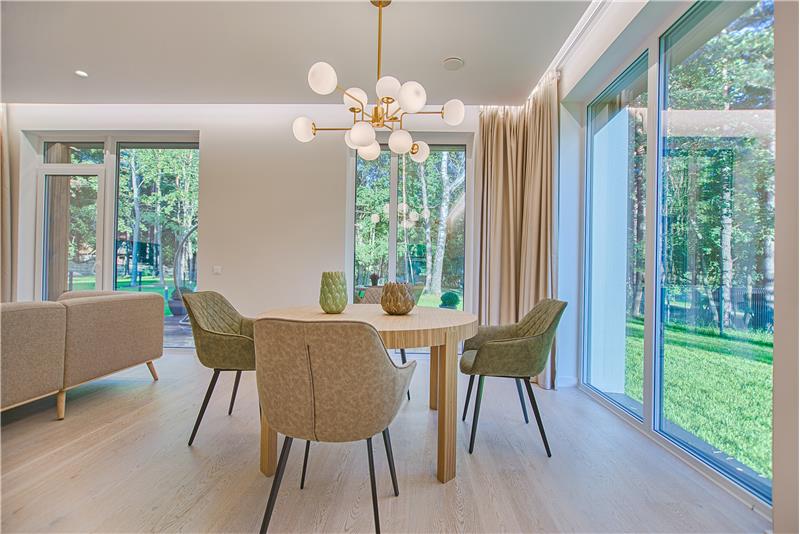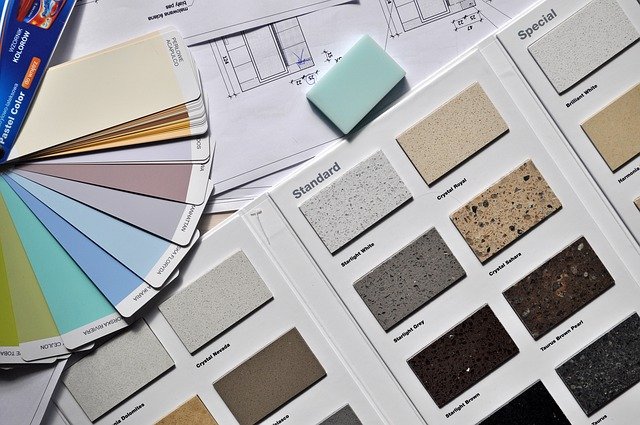If you decide to become an interior designer, the very first step is to get an education in design.
Perhaps you have already wanted to know about the best way to become an interior designer, but you could not choose the right courses or school. Many questions arise: what are the features of the profession of an interior designer, what exams you need to take for admission, which university to choose for an interior designer, and so on.
We will tell you about all kinds of education options for an interior designer, where to start, their pros and cons.




